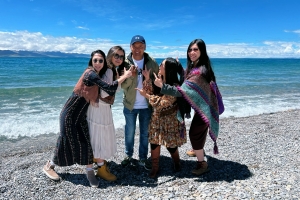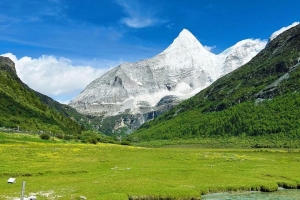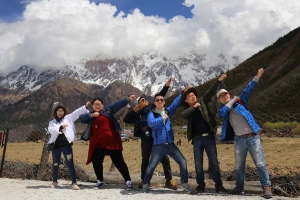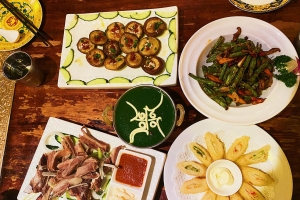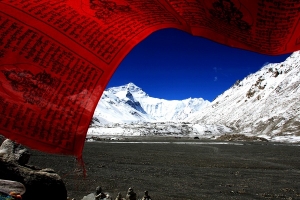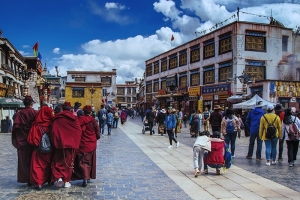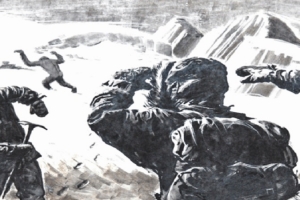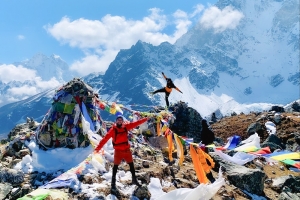When you set foot on Tibetan soil, what may strike you first are the snow-capped mountains and deep blue skies, the high plateau and ancient monasteries, the scenes where faith and nature intertwine. But if you’re willing to stay for a few days, you’ll discover that Tibet is not only about scenery—it’s also about life.
Here, the rhythm of life is slow, human connections feel close, and time itself seems to move more gently. Tibet is not just a land to admire from afar; it’s a place you can get close to, experience, and truly live in for a while.
Today, let’s walk into the everyday moments of Tibetan life and get to know this plateau from a different angle.
1. Morning Begins with a Cup of Butter Tea
In Tibet, the morning comes early. Sunlight filters through thin clouds and shines on the golden rooftops of the Potala Palace, and also into the kitchens of Tibetan homes.
Most Tibetan kitchens are lined with red-and-black patterned carpets, and their walls are adorned with copper kettles, milk barrels, and prayer flags. The first thing in the morning is to make butter tea: strong black tea, yak butter, and barley flour are placed in a wooden churn and stirred repeatedly with a wooden stick. The scent of tea and rich butter slowly rises in the air.
Sitting beside the fire in a Tibetan home, sipping a warm cup of butter tea alongside handmade tsampa and dried yak meat, makes for a simple yet abundant breakfast. The host will warmly chat with you—about their yaks, the festivals at the monastery, or how young people are moving to the city. In such an atmosphere, the rush of travel gradually gives way to the warmth of daily life.

Butter Tea
2. Temples and Streets: Faith and Life Are Never Separate
If you walk into Lhasa’s Barkhor Street in the early morning, you’ll see a steady stream of pilgrims—some prostrating themselves, some spinning prayer wheels, some murmuring mantras. They are not tourists. They are the people who live here.
In Tibet, faith is a part of daily life. It is not a ritual reserved for special occasions, but a way of living embedded in each day. Whether they live beneath the Potala Palace or in the farmlands of Shigatse, Tibetans often circle their local monastery, light butter lamps, and pray for their families—this is their everyday rhythm.
Yet faith does not mean distance or mystery. Walk into a monastery and you’ll see monks taking photos with their phones, joking with one another, or sunbathing quietly outside the halls. Here, devotion and humanity, solemnity and spontaneity blend together in a unique way, forming the distinctive spirit of Tibetan life.
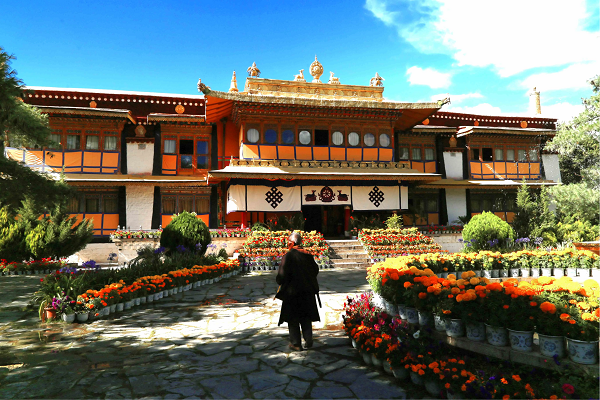
3. The Taste of Tibetan Daily Life: Markets, Stalls, and Teahouses
Travelers often chase landscapes, but real life is often hidden deep in the alleys. In Lhasa, Nyingchi, Chamdo, or even the remote towns of Ngari, you can always find the “smoke and fire” of Tibetan life.
Take, for example, Lhasa’s Yutuo Road market, bustling from early morning. Fresh yak meat, barley flour, dried mushrooms, and blocks of yak butter are neatly displayed. Women chat as they browse, their cheeks rosy from the sun. The air is thick with the aroma of butter and freshly fried snacks—a vivid taste of local life.
Street food stalls are another part of everyday life. Tibetan teahouses are always packed, their tables covered with Tibetan noodles, fried potatoes, stir-fried barley rice, along with favorites like local yogurt and cheese pancakes. The owners are usually warm and talkative—if you show curiosity, they’ll happily explain how everything’s made and may even invite you to try for yourself.
These are places where you won’t see tour groups, but where you’ll find the truest Tibetan scenery.

4. Living with Locals: A Day in the Life of a Nomad
If you want to experience Tibetan life more deeply, consider a local homestay or nomadic guesthouse. In regions like Nyingchi, Shigatse, and Nagqu, many Tibetan families now open their homes to visitors, offering a chance to take part in a day of “Tibetan-style life.”
In the morning, you can follow the host to herd yaks or help churn butter and grind barley flour. At noon, you’ll share a meal around the fire. In the afternoon, try on traditional Tibetan clothing for photos, or learn how to make incense and tsampa from the “ama” (mother). At night, sip barley wine under the stars and listen to Tibetan songs—the sense of closeness to nature and people will stay with you long after you leave.
Staying with a Tibetan family is more than just spending a night—it’s a cultural exchange, a bridge across language and lifestyle. You’ll find that though the living conditions are simple, their hearts are rich and peaceful, carrying a sense of stability that’s rare in urban life.
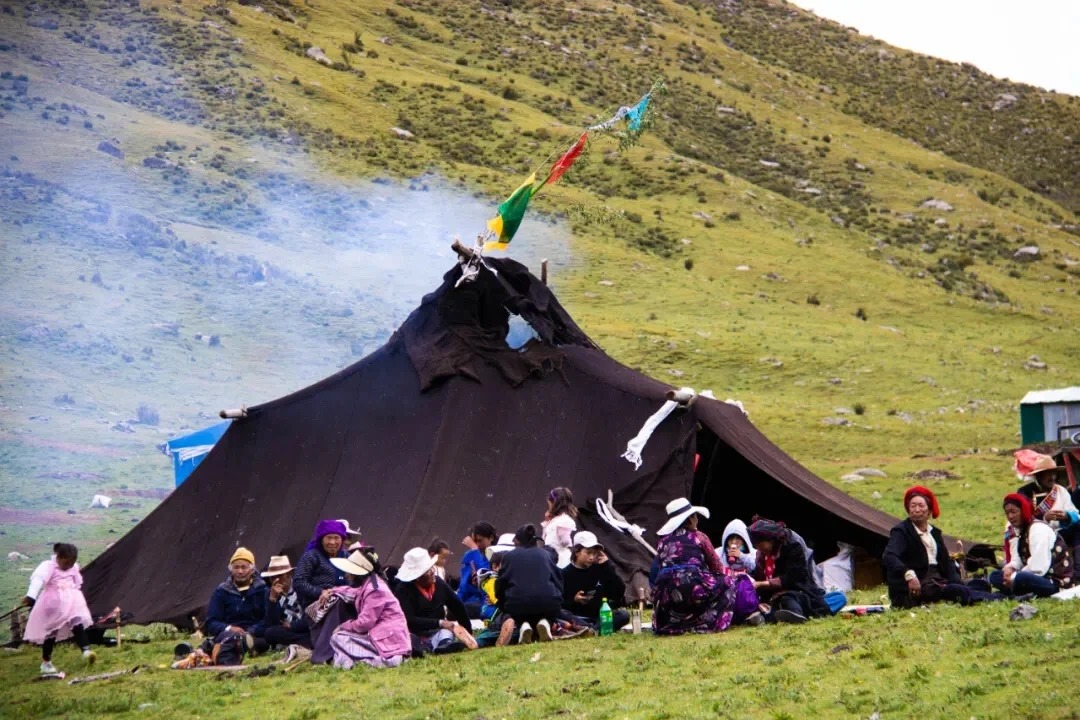
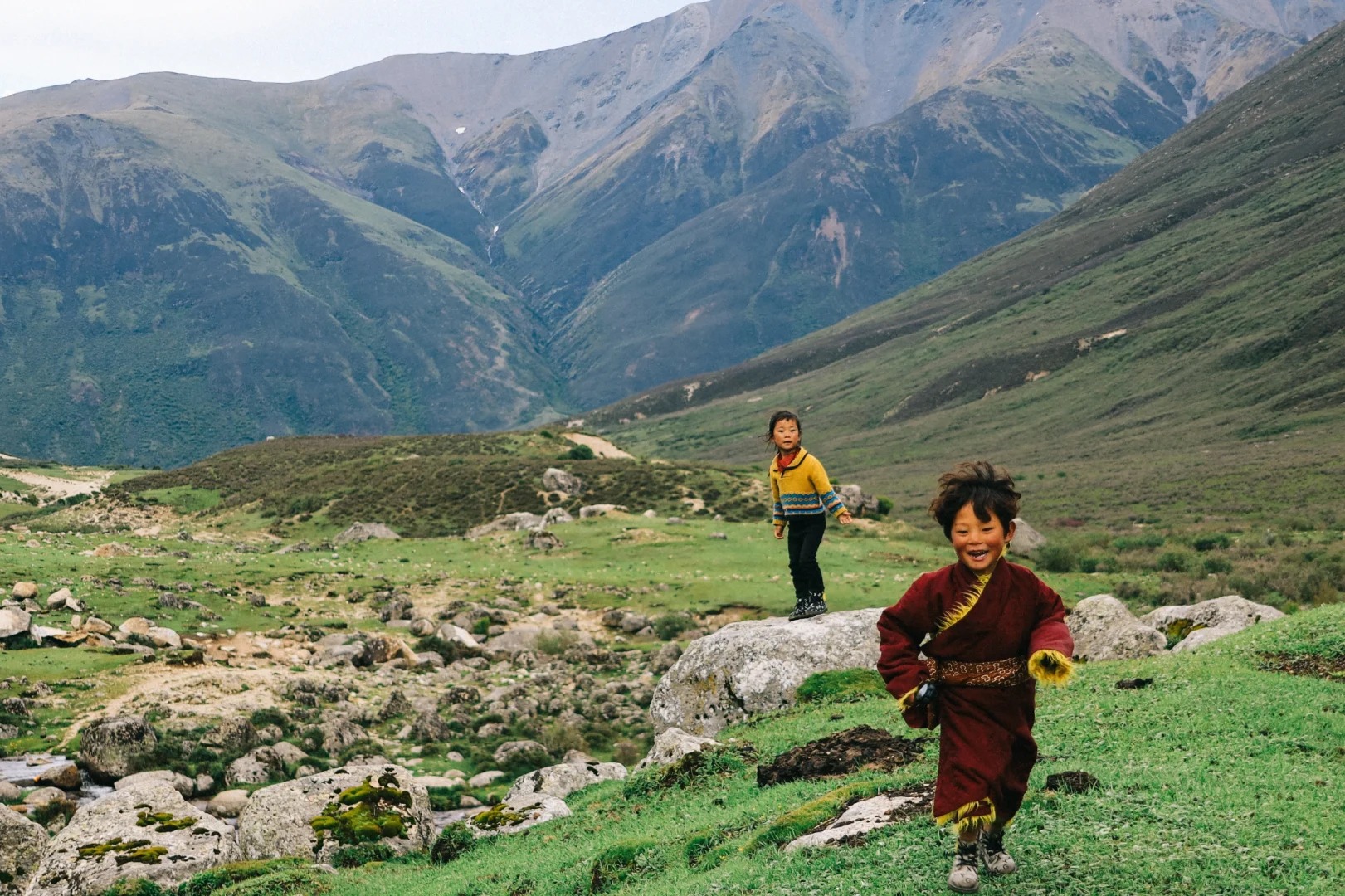
5. Festivals and Rituals: The Passion and Sacredness of Tibetan Life
If you happen to visit Tibet during the Tibetan New Year, Saga Dawa Festival, or Shoton Festival, you’ll witness some of the most vibrant scenes of Tibetan life.
During festivals, people put on their most splendid traditional clothes, bringing dried meat, barley wine, and tsampa to monasteries or family gatherings. The streets are filled with music and dance, and every household is lit up with joy and celebration.
At the same time, the monastery ceremonies—ritual dances, religious offerings, the grand Thangka unfolding—are filled with solemnity and awe. Monks carry out each step with precision, while the crowd watches silently with hands pressed in prayer. This “quiet within celebration, joy within solemnity” is a unique balance in Tibetan culture, forming the spiritual foundation of their way of life.
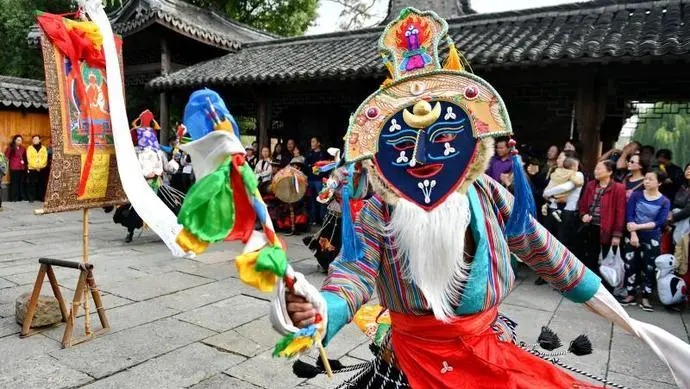
Shoton Festival Tibetan Opera
In Tibet, Life Itself Is a Landscape
Many people come to Tibet seeking scenery, but often don’t realize that Tibetan life itself is the most touching landscape. There’s the warmth of butter tea, the pastoral songs under the snowy peaks, the elders sunbathing in the courtyards, and the steam rising from the food stalls in the market.
Travel doesn’t always have to be about constantly moving. Sometimes, staying in one place, quietly observing and slowly feeling, leads to the most beautiful encounters.
Tibet is not just a distant place—it’s a lifestyle you can experience. Next time you come to Tibet, slow down and take a closer look at the real “smoke and fire” of this land. Perhaps here, you’ll discover the kind of life you’ve always longed for.

